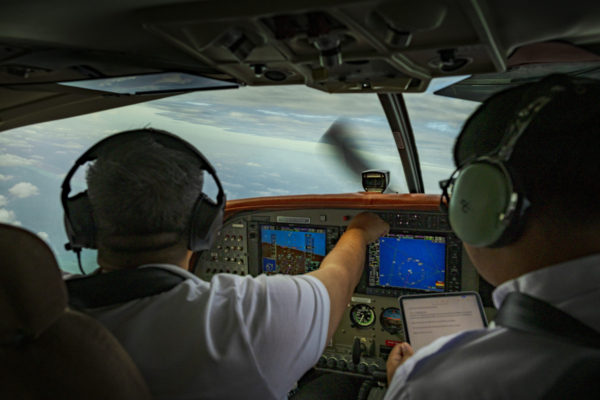The Philippine Coast Guard (PCG) stated on Monday that they have deployed patrol ships and aircraft to intercept and drive away a Chinese research vessel. The ship was conducting unauthorized marine scientific research activities within the Philippines’ Exclusive Economic Zone (EEZ).
According to the Philippine authorities, the Chinese research vessel named “Tan Suo 3” entered the Philippine EEZ on May 1st and was spotted approximately 92 nautical miles off the coast of Burgos in Ilocos Norte province in the northern Philippines.
The PCG stated in a press release that the irregular sailing behavior of the vessel was not in line with the principles of freedom of navigation and clearly indicated illegal marine scientific research activities that violated the Philippines’ sovereign rights.
The PCG launched a maritime law enforcement operation and successfully halted the vessel’s “illegal activities.”
During the operation, the Philippine side observed a manned deep-sea submersible being rapidly approached and retrieved by the Chinese vessel. The PCG confirmed that the submersible, named “Shenhai Yongshi” or Deep-Sea Warrior, has a diving capability of 4,500 meters (approximately 2.8 miles) and is commonly used for deep-sea exploration and scientific missions.
The PCG also noted the recovery of an unidentified yellow device by a rigid-hulled inflatable boat (RHIB) from the water, indicating its possible connection to research activities.
The PCG emphasized that these actions clearly demonstrate that the People’s Republic of China (PRC) is conducting illegal marine scientific research within the Philippines’ EEZ without proper authorization for such activities.
In addition, the Business Mirror reported that the PCG dispatched its largest patrol vessel, the BRP Teresa Magbanua (MRRV-9701), and an aircraft to carry out the expulsion operation against the Chinese research vessel. The vessel arrived in the area where the Chinese vessel was located in the morning, with air support from a plane based in Laoag that conducted maritime surveillance tasks.
The Philippine vessels and aircraft issued multiple radio warnings, reiterating that their enforcement actions are based on the Philippine Archipelagic Baselines Law, the United Nations Convention on the Law of the Sea, and the 2016 arbitral tribunal ruling on the South China Sea.
In 2016, the International Court of Justice in The Hague ruled that Beijing’s extensive sovereignty claims in the South China Sea have no legal basis. China claims sovereignty over nearly the entire South China Sea, leading to conflicts with countries like the Philippines, Vietnam, and Taiwan.
The PCG informed the Chinese vessel crew members that their operations have violated Philippine sovereignty and demanded they cease illegal activities, explain their intentions, and ensure that their transit through the Philippine EEZ complies with international and Philippine laws.
As of now, the Chinese Embassy in Manila has yet to respond to media requests for comments.

